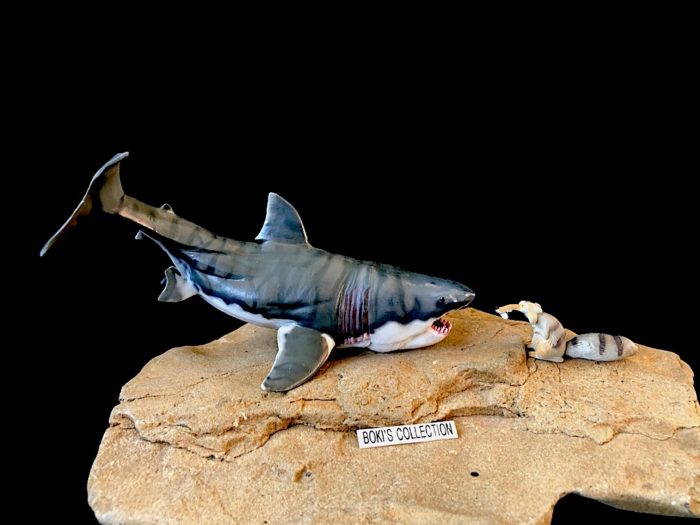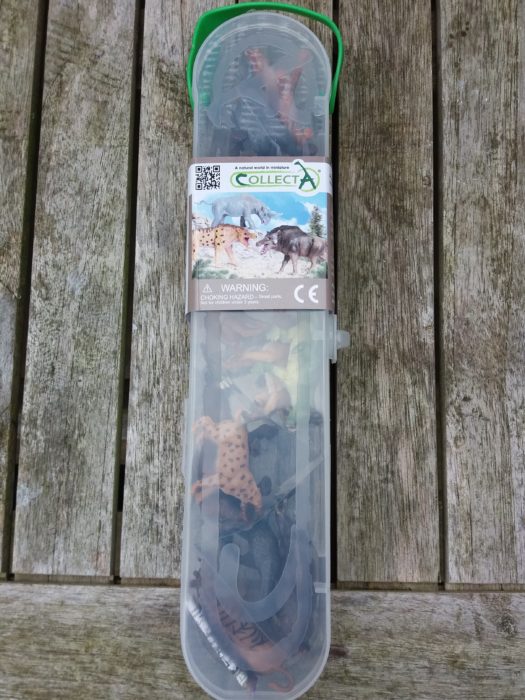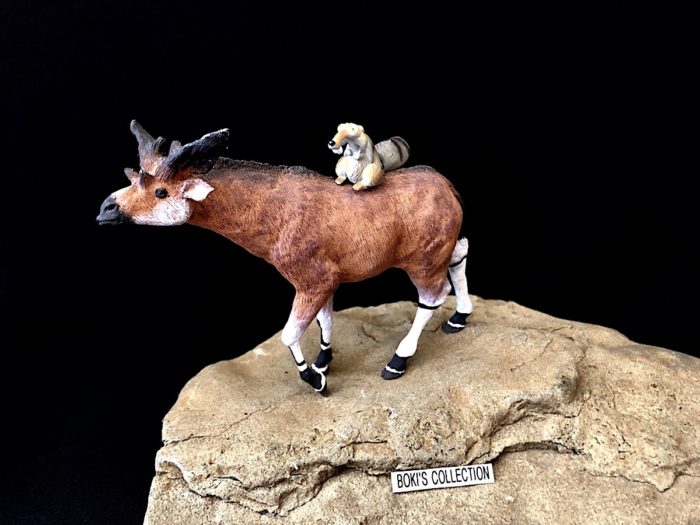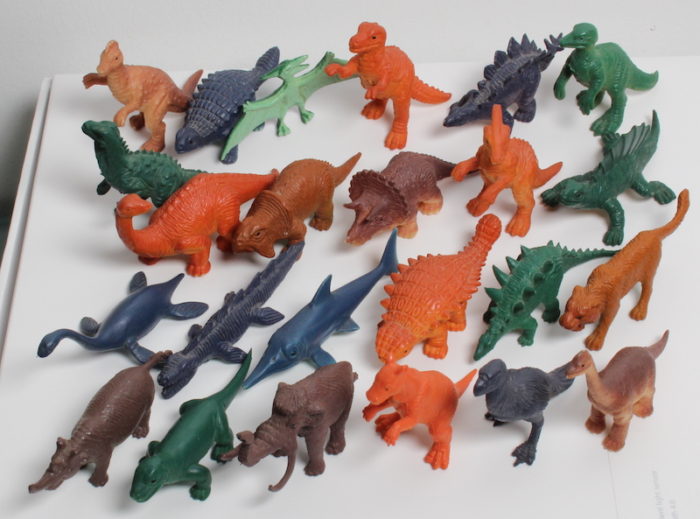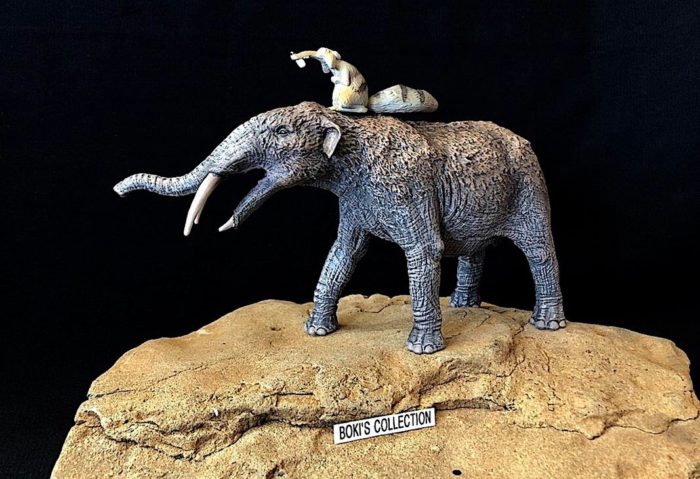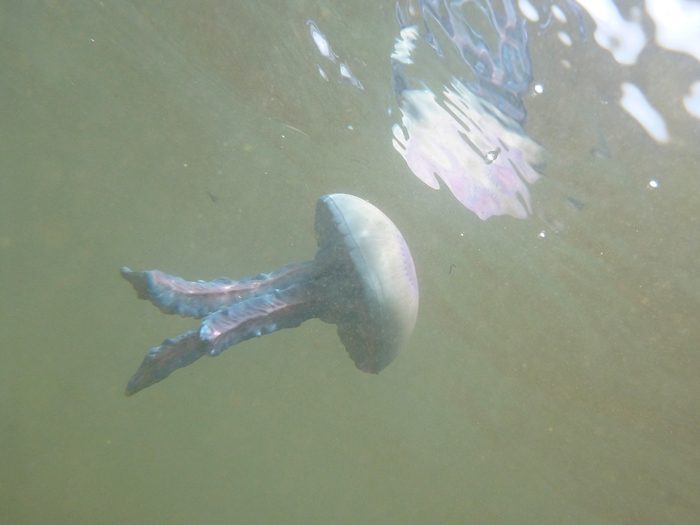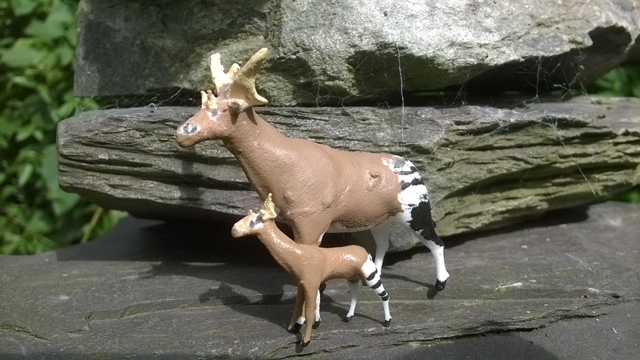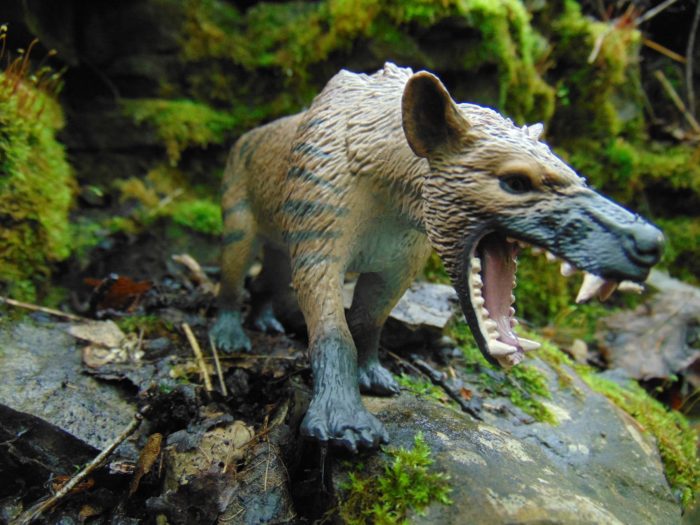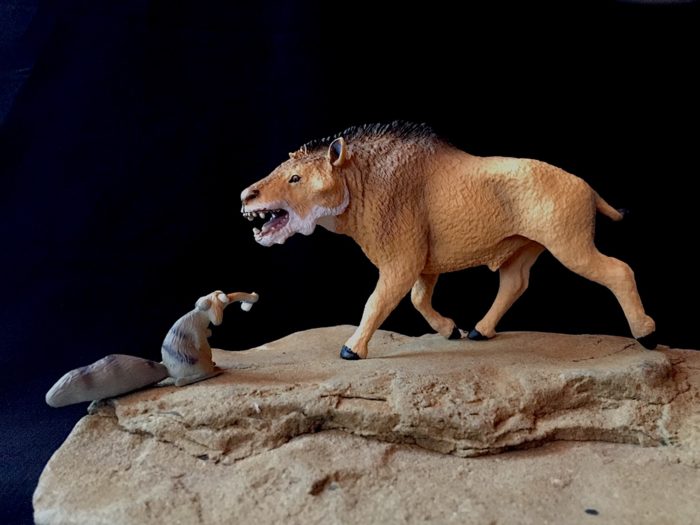Review and photos by Bokisaurus
When it comes to suffering from identity crisis, no other extinct species exhibits this more than the mighty Megalodon (Carcharocles megalodon), which is ironic given how popular it is.This identity crisis is of course due to the fact that very little fossil material is available to help create an accurately restoration of it and that the majority of the restorations, from paleo art to movies, are all based on the extant Great White shark, a species that many believed for years it resembles.
Despite this crisis, Megalodon is the most famous of the extinct sharks, and possibly only surpassed in popularity by the extant Great White that still roam todays oceans.

